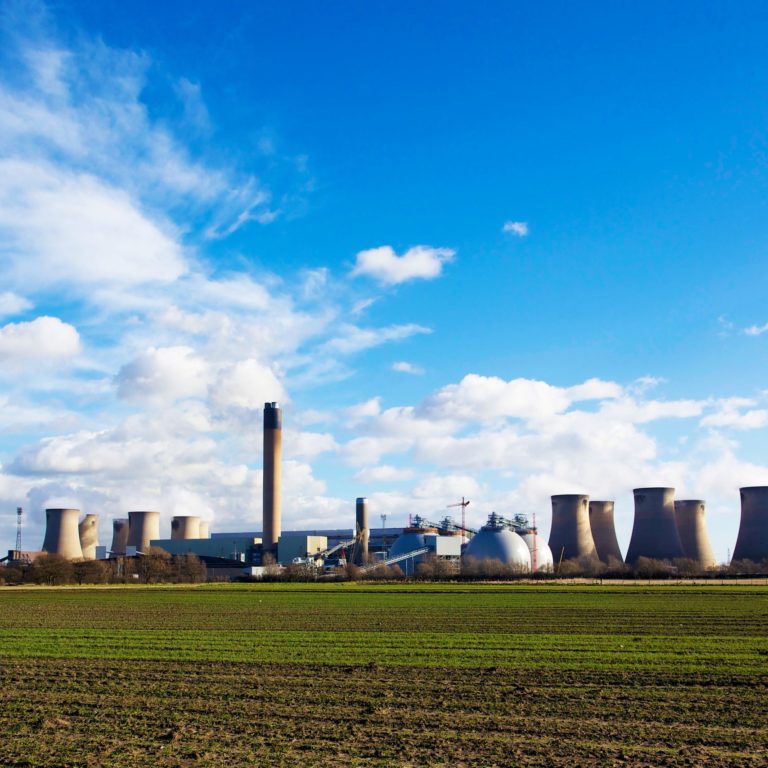Commenting on the National Energy System Operator’s (NESO) report Clean Power 2030 Will Gardiner, Drax Group CEO, said:
“NESO couldn’t be any clearer, our power stations and plans to invest billions in renewable flexible electricity and carbon removals have a critical role to play in delivering the Government’s clean power target and wider climate goals. Drax Power Station’s secure biomass generation, and our intention to double the capacity of our pumped hydro site, Cruachan Power Station, are essential components of the pathways that NESO have set out.
“NESO says the deployment of bioenergy with carbon capture and storage (BECCS) is required to meet the Government’s carbon removal targets. We aim to install at least two units of BECCS at Drax Power Station, with the first operational in 2030 removing 4 million tonnes of carbon from the atmosphere per year.
“Our long-term projects in Yorkshire and Scotland will support British energy security, ensuring that millions of homes have power when they need it, not just when the wind is blowing and the sun is shining. And our plans will create thousands of high-quality jobs and support the UK Government to turbo-charge economic growth.
“NESO recognises a rapid decision on a transitional support mechanism for biomass generators post-2027 is required, and we also hope to see the cluster sequencing process accelerated to underpin our BECCS plans and the speedy implementation of the proposed cap and floor regime for Cruachan in the coming months.
“NESO state that the Government’s goals are achievable with faster decision making and greater ambition and we look forward to playing our part in helping them successfully meet their targets.”
Background information:
NESO report:
- The NESO report recognises international carbon accounting rules and classifies biomass generation as a source of renewable, low carbon power.
- The report also notes that both BECCS and biomass are important parts of Britain’s energy security and that biomass is “the only low carbon dispatchable power currently operational at scale” in the country.
Drax Power Station’s role in delivering energy security:
- Drax Power Station is the UK’s single largest source of renewable power, providing 2.6GW of dispatchable secure generation.
- In 2023, it provided 4% of the UK’s electricity and 8% of its renewable power.
- The Selby site provides enough secure power for 4 million homes, and is not dependent on the wind blowing or the sun shining to generate.
- The science underpinning the carbon accounting for biomass generation is established and supported by leading international experts including the UN’s IPCC.
- With an increase in intermittent renewable generation forecast in the coming years and around 7 GW of nuclear and coal capacity expected to close between 2024 and 2030, along with growing uncertainty around new nuclear development timelines, Drax Power Station will have a significant ongoing role to play in UK energy security.
- Research by Public First finds that in 2028 a perfect storm of an increase in demand, the retirement of existing assets and delays to the delivery of Hinkley Point C will culminate in demand for power exceeding secure dispatchable and baseload capacity by 7.5GW at peak times.
BECCS:
- Drax plans to invest billions in transforming Drax Power Station into the world’s largest engineered carbon removals plant by installing two units of BECCS at the site and creating up to 10,000 jobs at the peak of construction.
- To achieve climate targets, including climate budgets and net zero, the UK requires the deployment of large-scale Power BECCS.
- The UN’s IPCC and the UK’s independent advisory panel, the Climate Change Committee and Forum for the Future have all said that carbon removals from BECCS will be needed to address the climate crisis.
- BECCS is the only technology that can deliver reliable, secure and renewable power while permanently removing carbon dioxide from the atmosphere.
- Analysis by the consultancy Baringa shows that BECCS at Drax Power Station could save the UK up to £15bn between 2030 and 2050, when compared to other more complex carbon reduction measures.
- NESO’s FES report reaffirmed the UK’s need for BECCS to reach net zero, saying there was no scenario under which BECCS was not required. And the Climate Change Committee said the business models for BECCS need to be finalised quickly to meet the government’s ambitious carbon removal goals.
- Drax believes the 5 million tonnes of greenhouse gas removals target by 2030 is impossible to meet without BECCS at Drax. This would also make the fifth carbon budget unachievable.
Cruachan expansion:
- Drax owns and operates one of the UK’s four pumped storage hydro plants – Cruachan Power Station, near Oban in Scotland.
- These plants are integral to the country’s energy security through storing excess power from renewables to be re-used when electricity is in short supply.
- Pumped storage plants act like giant water batteries by using reversible turbines to pump water from a lower reservoir to an upper reservoir which stores excess power from sources such as wind farms when supply outstrips demand. These same turbines are then reversed to bring the stored water back through the plant to generate power when the country needs it.
- Drax is progressing plans to develop the UK’s first new pumped storage hydro power station in a generation.
- The proposed 600 MW new plant would be built adjacent to the existing Cruachan facility.
- The project has received development consent from the Scottish Government and the UK Government is working on plans to introduce a new investment model for new-build long duration electricity storage projects in 2025.



















